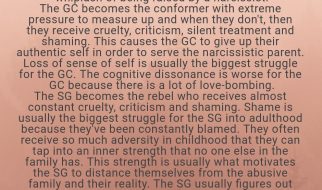Two months ago, I sent 37 pieces of my clothes to ThredUp, a popular online marketplace for a secondhand fashion. ThredUP claims to offer the ?easier way to buy and sell secondhand clothing online,? and I was itching to try something other than the familiar walk to the local used clothing shop. I ordered myself a ?CleanOut? bag on ThredUP, waited a week, and sent my clothing away in their polka-dot polyester bag.
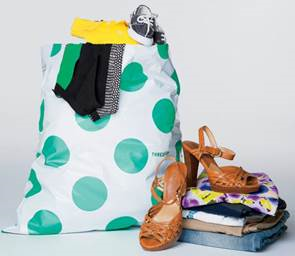 Photo courtesy of ThredUP
Photo courtesy of ThredUP
Here?s a list of 37 items that I sent to ThredUP.
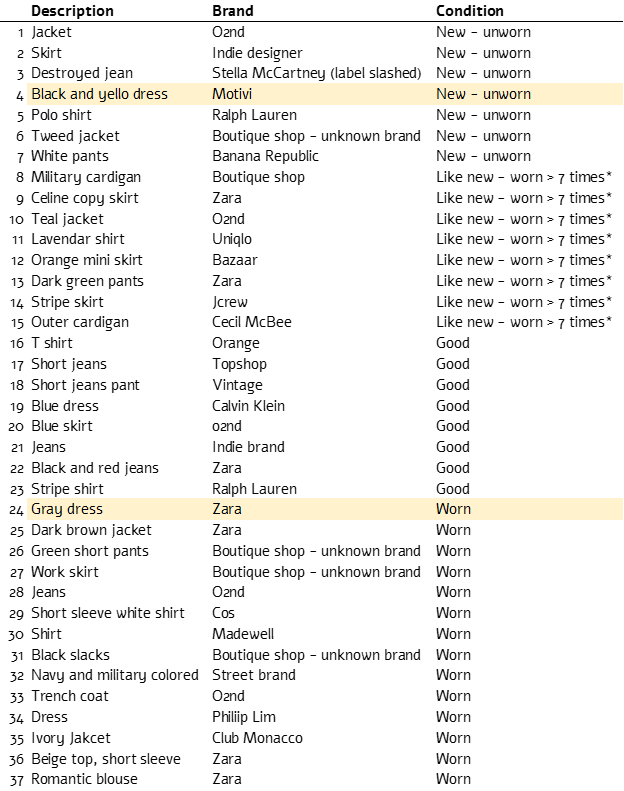 What gets measured gets managed. ? Peter Drucker
What gets measured gets managed. ? Peter Drucker
While ThredUP sent me regular e-mail updates on the status of my shipment, it took about eight weeks for them to process my bag. Imagine my excitement when I finally got an email that said:
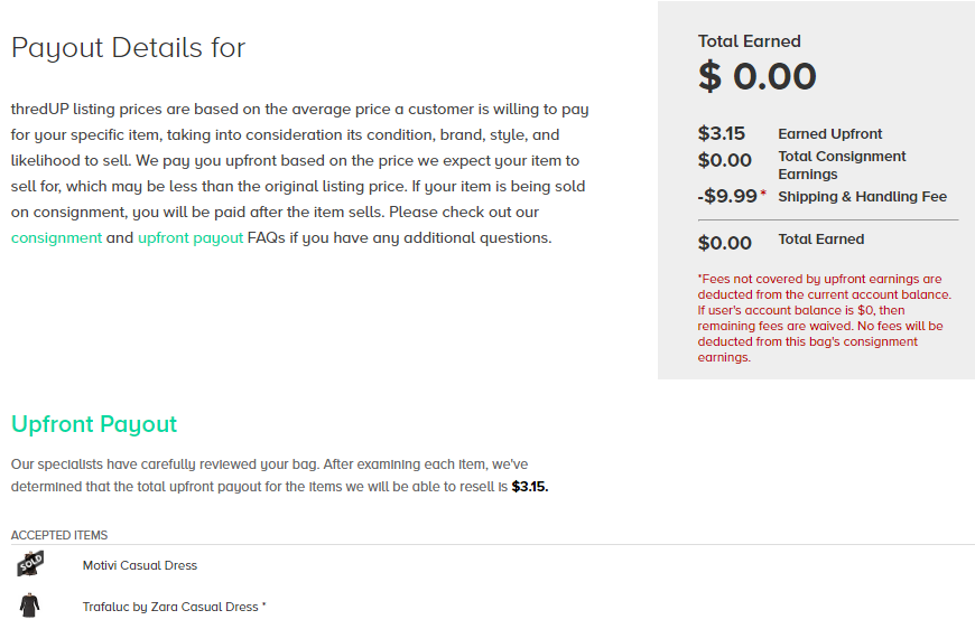
Two out of thirty-seven items were accepted for three dollars and fifteen cents.
Three dollars and fifteen cents, as it $3.15?!
I later learned that ThredUP is not exactly known as the best place to sell clothes anywhere, period.
Here?s James, ThredUP?s co-founder and CEO, in March 2013:
We?re the company who would love to buy EVERY SINGLE ITEM you send us. Every item we buy from you, we can sell at a great value to someone else and make some money in the process. We can?t stay in business unless we keep buying items from you. There is absolutely zero reason why we?d try and not buy items from you ? after all, we pay to create the bag ($2), ship you the bag ($1), ship the bag back ($12) and pay the wonderful team members who go through each item ($5/bag). That?s $20 per bag. If we get a bag with only a few items in it that we can resell, we actually lose a lot of money, even if we?re able to offset some of this cost by working with our network of recyclers. The more items we can resell from you, the better! I can?t emphasize this enough.?
According to this interview, ThredUP would make $10.98 from my bag without paying me a dime ($30.98 from selling two dresses, minus $20 per bag). Although I tried ThredUP primarily to declutter, and while I do admit that it?s an easy way to sell online, I will not use ThredUP to sell my clothes in the future. Here?s why.
ThredUP?s has a laughable payout policy.
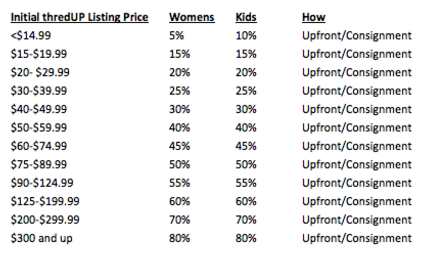
I made $0.81 or 5% from my barely-worn Motivi dress which sold for $14.99. I would make $2.39 or 15% when another one of my accepted item sells for $15.99. This chart shows the magic behind $3.15, whose paltry sum is swiftly offset by the shipping and handling fee of $9.99 required to process the shipment. At Beacon?s closet, for example, I would have made 55% or $17.04 in a store-credit, or 35% or $10.84 in cash.
?ThredUP wants your stylish, high-quality & gently used clothes that are freshly laundered, brand name women?s and children?s clothing, handbags and shoes in like-new condition.?
Of all the clothes that I sent to ThredUP, a whopping 40% of them were either brand new or worn less than 7 times*. Some of them had to have been dinged for being off-brand.
?ThredUP wants your on-trend, in-season, gently worn clothes.?
I have no idea why some of my high-quality, brand name clothes were rejected, other than the fact that I didn?t buy them the this season.
?ThredUP has a strict brand and quality standards and normally accepts less than 40% of any CleanOut bag.?
Even if 40% of my CleanOut bag were accepted, I am still transporting 60% of my bag across the country only to have ThredUP reject and donate them for me. I can?t imagine how wasteful this is on a corporate scale.
In other words, selling at ThredUP, while taking longer, also pays you little to nothing and causes unnecessary harm to the environment. The process of selling your clothes, in other words, remain inefficient as ever.
So, here?s what I will do in the future:
1) Bring few items at a time. It is my untested theory that the number of items you bring to the store and the acceptance rate has an inverse relationship. It is humans, and not algorithms, who go through your clothes. Isn?t it likely that they will pay more attention when, say, you bring five clothes versus fifty?
2) Clean out on a regular basis. This way, your clothing has a higher chance of being ?on-trend? and ?in-season.?
3) Keep track. What do you want to buy? What have you bought already? Doing the groundwork (i.e. saving photos, retail prices, product links, etc) makes selling online easier.
4) Buy to keep. The price of your clothing goes down as soon as it becomes ?used? or ?pre-owned,? just like a car. Still got time to return it? Do it now!
We can?t avoid buying something that we eventually fall out of love. But when we do, let?s part like adults ? responsibly, and out of respect.
* According to Take Part, average item is worn less than 7 times (click here) which I used as a filter to categorize usage.
